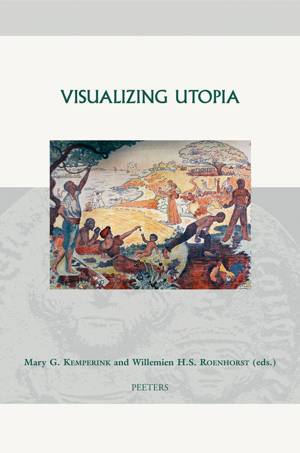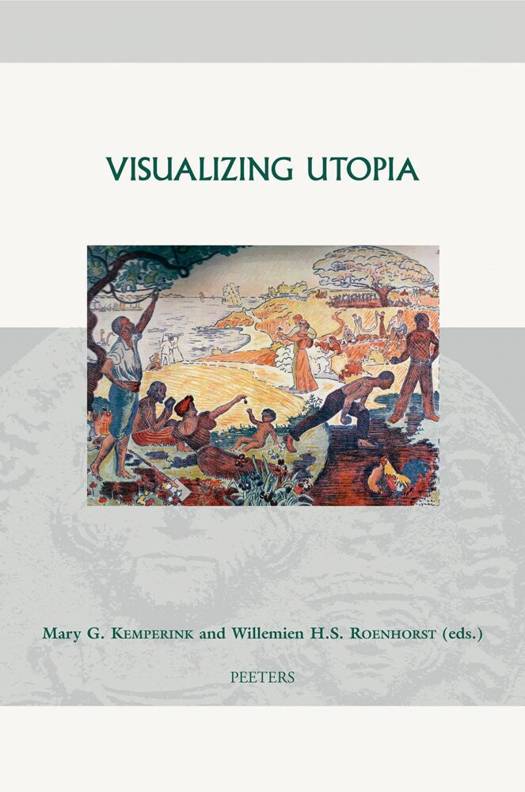
Je cadeautjes zeker op tijd in huis hebben voor de feestdagen? Kom langs in onze winkels en vind het perfecte geschenk!
- Afhalen na 1 uur in een winkel met voorraad
- Gratis thuislevering in België vanaf € 30
- Ruim aanbod met 7 miljoen producten
Je cadeautjes zeker op tijd in huis hebben voor de feestdagen? Kom langs in onze winkels en vind het perfecte geschenk!
- Afhalen na 1 uur in een winkel met voorraad
- Gratis thuislevering in België vanaf € 30
- Ruim aanbod met 7 miljoen producten
Zoeken
€ 91,95
+ 183 punten
Omschrijving
This volume contains the essays presented at the workshop 'Visualizing Utopia' held in May 2005, organized by Mary Kemperink and Willemien Roenhorst. The essays presented here discuss utopian thinking from 1890 until 1930. From the end of the eighteenth century, this utopian thinking developed from what can be called 'classic' utopianism into 'modern' utopianism. Utopianism unmarked by temporality made way for a tale situated in time - future time. Thus what was first regarded as merely a thought experiment gradually assumed the character of a real political programme. In their view of the new world and new people, writers, artists, architects, social reformers, cultural critics, politicians, etc., would often draw on representations already present in the culture. These could be biblical representations, such as those of the Apocalypse, Christ the Saviour and earthly paradise, or ancient myths, such as those of the Age of Gold, Arcadia, the sun-drenched world of Gnosticism and the Wagnerian mythological universe. The workshop concentrated on the following two aspects: the way in which the future Utopia and the path that would lead to its realization was given shape in the artistic field as well as in the non-artistic field, and the question to which culturally rooted concepts these representations were related. This double line of approach created the opportunity for specialized researchers from different disciplines - history, cultural history, art history, history of architecture, literary history - to discuss utopianism as it manifested itself in Europe and the United States at the end of the nineteenth and the beginning of the twentieth century.
Specificaties
Betrokkenen
- Auteur(s):
- Uitgeverij:
Inhoud
- Aantal bladzijden:
- 195
- Taal:
- Engels
- Reeks:
- Reeksnummer:
- nr. 27
Eigenschappen
- Productcode (EAN):
- 9789042918771
- Verschijningsdatum:
- 21/05/2007
- Uitvoering:
- Hardcover
- Formaat:
- Genaaid
- Afmetingen:
- 165 mm x 241 mm
- Gewicht:
- 589 g

Alleen bij Standaard Boekhandel
+ 183 punten op je klantenkaart van Standaard Boekhandel
Beoordelingen
We publiceren alleen reviews die voldoen aan de voorwaarden voor reviews. Bekijk onze voorwaarden voor reviews.









